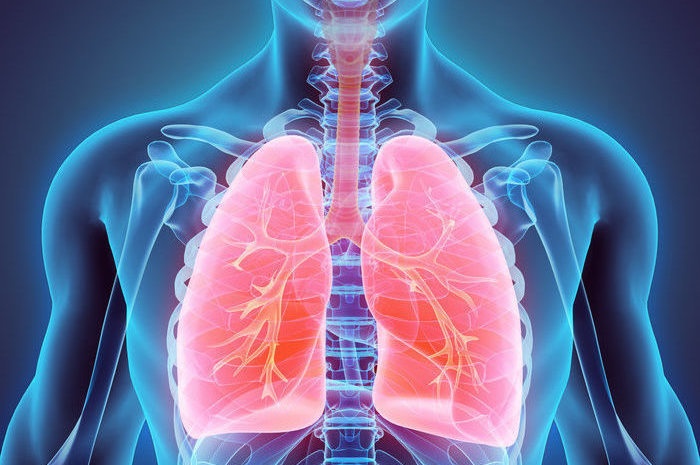
One of the most critical aspects of emergency care is managing the airway. Nothing takes priority over the airway, for no amount of resuscitation, medication, or stabilization will matter if your patient lacks a patent airway.
Your ability to assess and manage the airway is key to good patient outcomes. And it pays to kn how this complex system of gas exchange functions within the human body. So, let’s go through a brief review of airway physiology in order to hone our skills. You can’t manage an airway if you don’t understand its basic function.
Airway Structures of the Body
The airway structures can be divided into two realms. Knowledge of these structures is key to understanding how situations such as obstruction, swelling, and trauma affect oxygenation. The two realms are:
- Upper-Airway Structures
- Nose
- Mouth
- Pharynx
- Nasopharynx
- Oropharynx
- Hypopharynx
- Larynx
- Lower-Airway Structures
- Trachea
- Lungs
Together, these structures allow for ventilation and gas exchange. If any of these structures are compromised, due to traumatic injury (pneumothorax, fractures, contusion), underlying illness (asthma, emphysema, cancer), or obstruction, the entire system suffers. It is up to you, the paramedic, to correct or compensate so that adequate oxygenation can take place.
The Big Five
There are five main factors involved in oxygenation:
- Ventilation – the body requires an adequate bulk flow of gas in and out of the lungs
- Distribution – gas must be delivered to the lungs for exchange to take place
- Diffusion – tissues within the lungs must be able to engage in gas exchange
- Perfusion – there must be blood flow through the pulmonary vasculature
- Circulation – the heart must be able to distribute blood throughout the body
If any of these five factors are compromised, the patient will become hypoxic. But the type of hypoxia experienced by the patient depends on the underlying condition. There are generally four types of hypoxia. They are:
- Hypoxic hypoxia: This is basically insufficient oxygen in the blood, which thereby affects the tissues of the body. Causes include hypovolemia, obstruction, decreased cardiac output, and coronary artery disease.
- Anemic hypoxia: This condition is caused by a reduction or dysfunction in hemoglobin, which reduces the oxygen-carrying capacity of the blood. Causes include anemia, hemorrhage, hemoglobin abnormalities, carbon monoxide, and certain medications, such as sulfa drugs.
- Stagnant hypoxia: Tissue hypoxia due to lack of circulation, common secondary to reduced cardiac output. Can be caused by heart failure, shock, continuous positive-pressure breathing, and pulmonary embolism.
- Histotoxic hypoxia: The inability of cells to utilize oxygen due to inactivation or destruction of key enzymes. Can be caused by certain poisonings, such as cyanide and strychnine, or late-stage carbon monoxide poisoning.
Knowing the fundamentals of airway physiology will enable you to assess and treat airway dysfunction more proficiently. You can’t correct a problem if you don’t understand the underlying function of the system, and no system is more critical than the respiratory system.
Editor's Note: This blog was originally published in January, 2017. It has been re-published with additional up to date content.
















